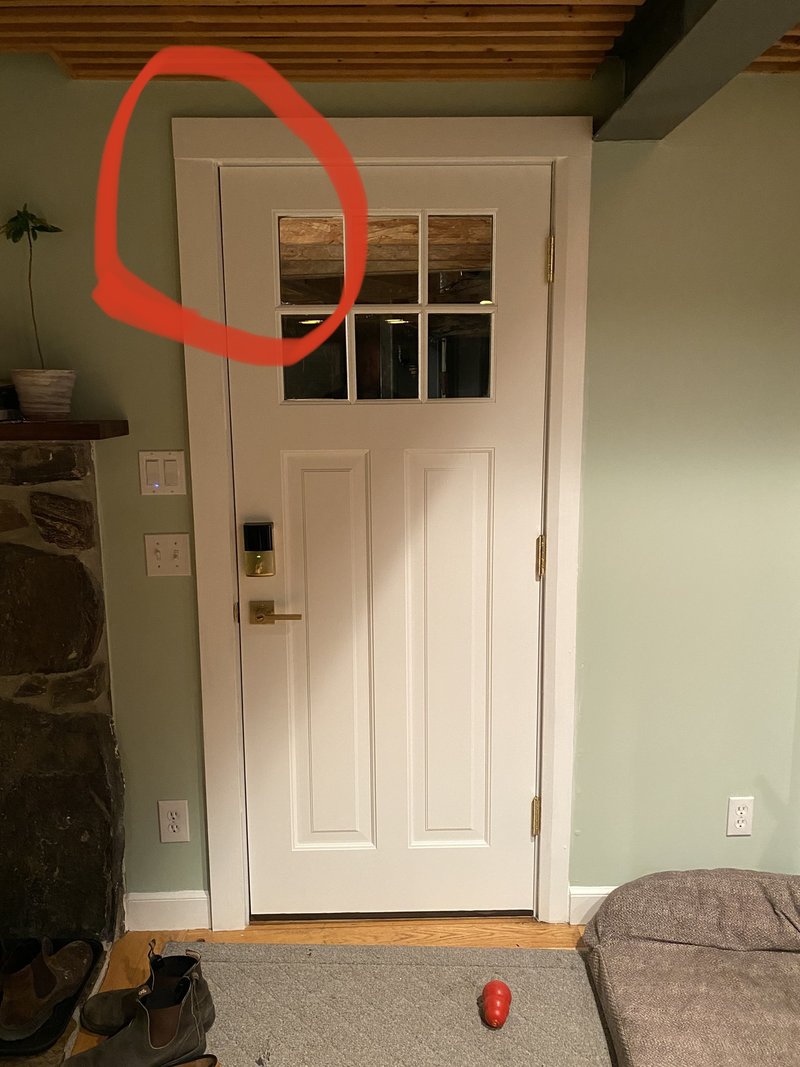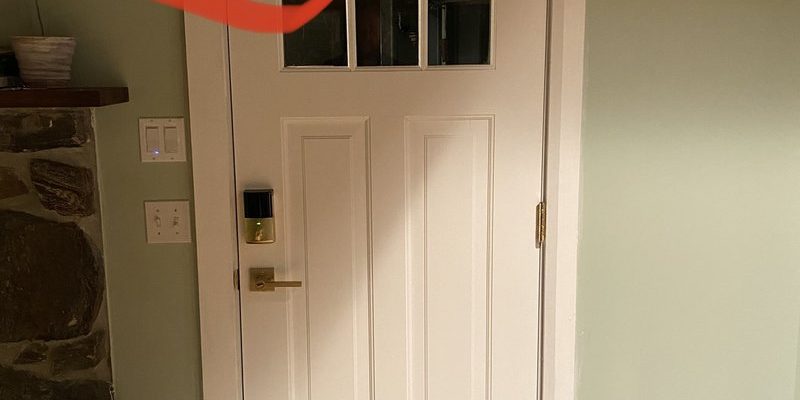
Imagine you’ve just installed a brand-new door lock, but you notice it’s protruding awkwardly. This can be a sign of misalignment or a wrong installation. Don’t worry; we’ll walk through the common reasons why your hardware might be sticking out and how to fix it. Understanding these issues can save you time, money, and a trip to the hardware store!
Common Causes for Hardware Not Sitting Flush
There are several reasons why your door hardware might not sit flush. Let’s break these down so you can identify what’s happening in your case.
1. Misalignment Issues
Misalignment is one of the most common culprits. This can occur if the door frame is not square or if the door itself is warped. When a door doesn’t sit correctly in the frame, it can throw off the positioning of locks, knobs, and hinges. You might find that one side of the hardware is closer to the door surface while the other is protruding.
If you suspect misalignment, gently close the door and look for gaps between the door and the frame. If you see more space on one side, that may indicate a twist or bow in the door itself. Using a level can help you verify the squareness of both the door and the frame.
2. Incorrect Installation
Sometimes, the issue is simply improper installation. Did you install your hardware yourself? If so, it’s possible that screws weren’t tightened properly, or the hardware wasn’t placed in the right position. Each piece has specific mounting holes, and if those aren’t aligned correctly, you’ll face the same protruding issue.
To fix this, you’ll want to remove the hardware, make any necessary adjustments, and carefully reinstall it according to the manufacturer’s instructions. It’s worth taking the time to ensure everything is in the right spot.
3. Door Swelling
Another possible reason for hardware sticking out is door swelling. This can occur due to fluctuations in humidity and temperature, causing the wood to expand. If your door is made of solid wood, it may swell in humid months, making it harder to close and causing the hardware to protrude.
To check for this, feel along the edges of your door. If it feels sticky or you see paint chips from where it’s rubbing against the frame, the door might be swollen. In this case, consider using a dehumidifier or even sanding down the offending area of the door to ensure it fits snugly in the frame.
Steps to Troubleshoot Hardware Issues
Now that we’ve covered some common causes, let’s talk about how to troubleshoot effectively. Here’s a step-by-step guide you can follow.
Step 1: Inspect the Hardware
Start by inspecting the hardware closely. Look for loose screws or parts that might be out of position. If hardware appears damaged or bent, it might need replacement.
Step 2: Check Door Alignment
Next, check the alignment. Use a level to see if the door is even in its frame. If it’s off, consider loosening the hinge screws slightly and repositioning the door. Sometimes, just a minor adjustment can make a big difference.
Step 3: Tighten Screws
If everything looks good, go ahead and tighten all screws on the hardware. Loose screws can cause parts to shift and become misaligned. Make sure you don’t overtighten, though, as this can lead to damage.
Step 4: Test Functionality
Finally, test the hardware. Open and close the door to see if everything moves smoothly. If you still notice issues, consider checking for additional factors like swelling or considering professional help.
Tools You Might Need
If you’re going to troubleshoot these issues, you’ll need some basic tools. Here’s a quick list:
- Screwdriver: To tighten or loosen screws on the hardware.
- Level: To check alignment of the door.
- Measuring tape: Useful for checking door dimensions.
- Wood filler: If you need to repair any screw holes.
When to Call a Professional
While many hardware issues can be fixed at home, some situations may warrant a call to a professional. Here’s when you should consider it:
1. Extensive Damage
If you notice extensive damage to the door or surrounding frame, it may be time to call in a pro. They can assess whether the door needs repairs or if it’s time for a replacement.
2. Persistent Problems
If you’ve gone through all the troubleshooting steps but still face issues, a professional can provide insight. They might have the tools and experience to resolve the problem more thoroughly.
3. Security Concerns
If your door hardware affects your security, don’t hesitate to call for help. Ensuring your home is secure is a top priority, and sometimes it’s better to rely on an expert’s judgment.
If your hardware isn’t flush with the door surface, it can be annoying, but it’s not the end of the world. By identifying the causes—like misalignment, improper installation, or swelling—you can address the problem effectively. Remember to take your time with troubleshooting and use the right tools.
If you find yourself stuck, don’t hesitate to reach out to a professional. They can save you time and ensure your door hardware functions properly and looks great. With a little patience and effort, you’ll have your doors looking and working just right!
